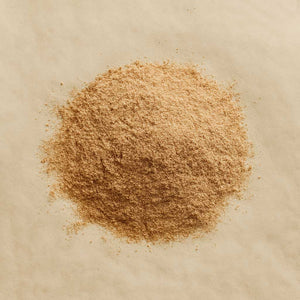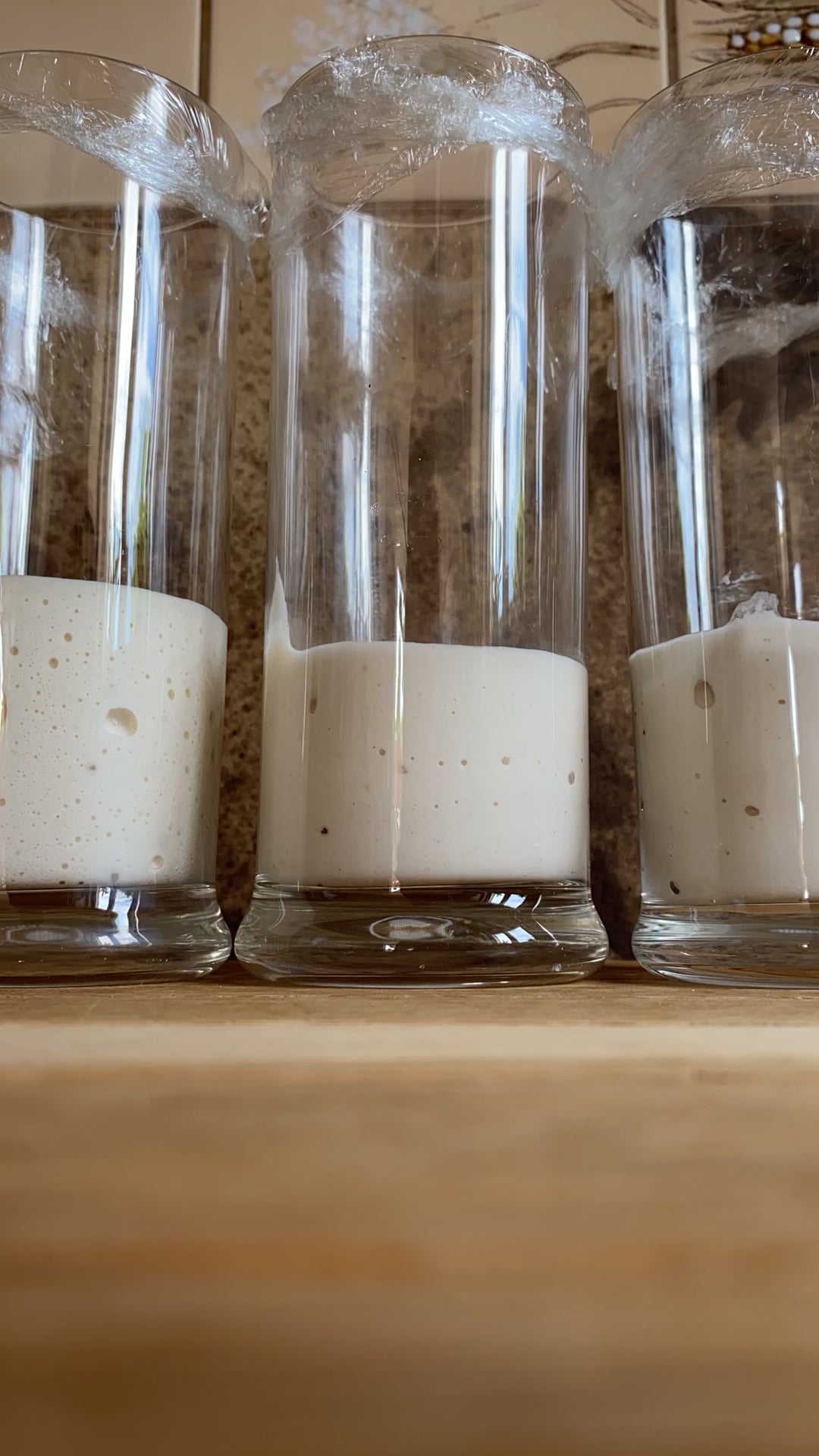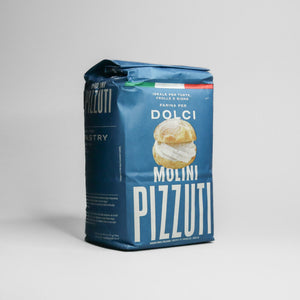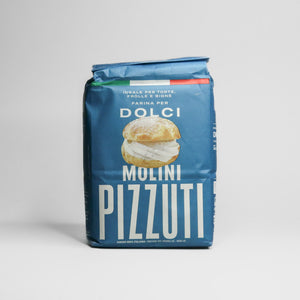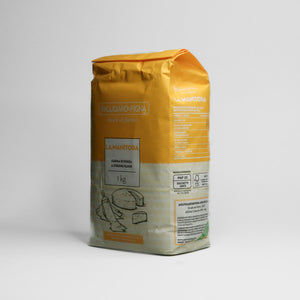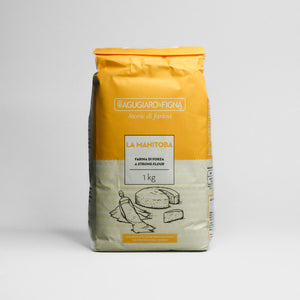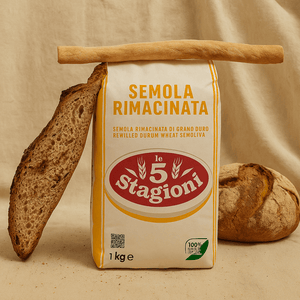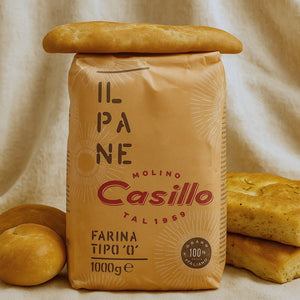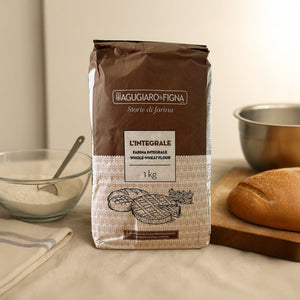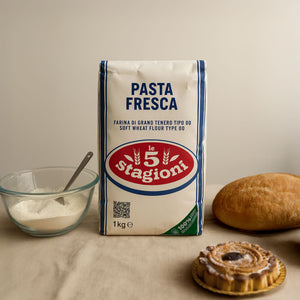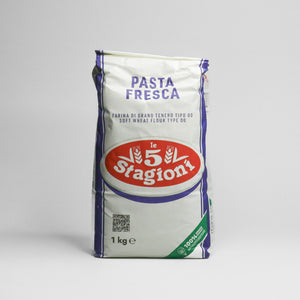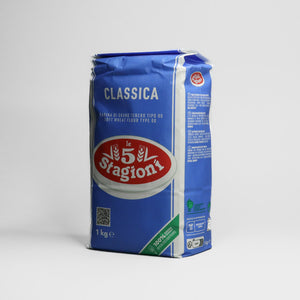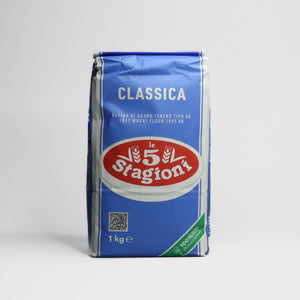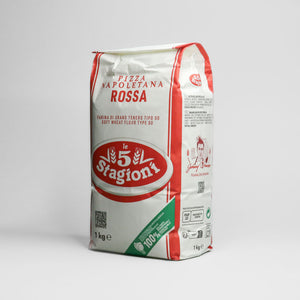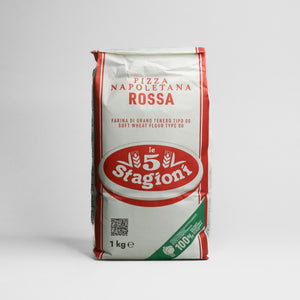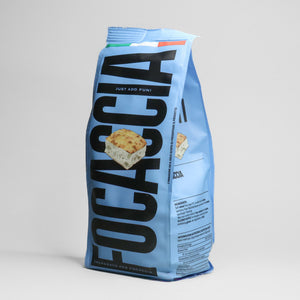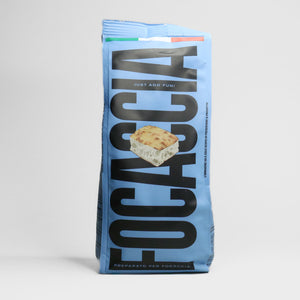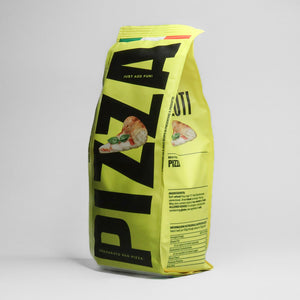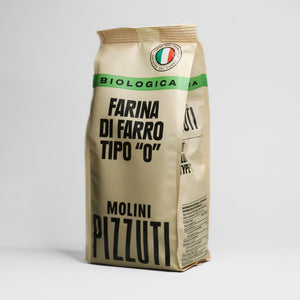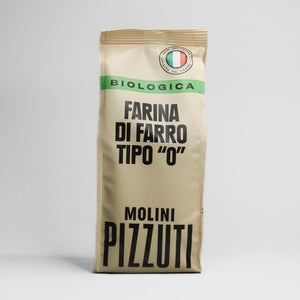Mistakes when baking bread – what to watch out for
Jul 03, 2025
Baking homemade bread is a joy, but it can also be a challenge. Just one small mistake and the result can be far from the fragrant, crispy loaf you imagined. In this article, we'll look at the most common mistakes when baking bread and give you advice on how to fix them so you can bake beautifully fluffy and tasty homemade bread at home.
The yeast is not active enough.
Yeast is the basis of everything. If it is not in good condition, the dough simply will not rise, the crumb will be dense and the typical mild sour taste will be missing.
The most important part and solution : before baking, you need to properly prepare the so-called leaven , about which I wrote an entire e-book and it is really very important . Leaven will make a properly active dough starter, which is responsible for creating quality bubbles, dough structure and a proper and crispy crust. Leaven is really one of the most important parts of baking homemade bread from leaven and I highly recommend that you do not skimp on its proper preparation.
Insufficient proofing

The desire to bake quickly tempts us to put the dough in the oven before it is ready. The result? The bread is low, heavy and tastes "undercooked".
So give the dough time . Depending on the recipe, it can take 3-6 hours to rise, and for some loaves it can take overnight. Longer rising means better taste and digestibility. Again, this is related to the preparation of the leaven .
Too much flour when kneading
Beginners tend to add too much flour to prevent the dough from sticking. But stickiness is normal at some point. If you overdo it, the bread will be dry and tough.
Solution : Work the dough with damp hands or a spatula. The less flour you add when kneading, the better the resulting crumb (the inside of the bread).
Incorrectly preheated oven
One of the most common mistakes when baking bread is not setting the oven to the right temperature. Without a high initial temperature, the loaf will not rise and the crust will remain pale.
Preheat the oven to at least 250°C and let it preheat for at least 30 minutes. Bake with steam for the first 10–15 minutes, then reduce the temperature to 200–220°C and bake until golden brown.
How to create steam? Place a small oven-safe saucepan filled with water in the bottom of the oven. The steam in the first few minutes is crucial. It will prevent the crust from drying out too quickly. Without it, the dough will seal on the surface and have no room to rise. So don't skip this step.
What if your oven only has a maximum of 230°C? Just give the oven a longer preheating time, maybe 45 minutes, and use a sealable pot that holds heat well. A properly ripened dough with sufficient tension and hydration can rise even at a lower temperature if the environment is humid and intensely hot.
Forgotten Notches
Cutting the dough before baking is not just for aesthetics. Without cuts, the loaf will find its own way – it will crack where it wants to.
Therefore, always use a razor blade or sharp knife and make the cuts just before placing in the oven. This will give a nice appearance and a better crust structure.
Slicing bread immediately after taking it out
Who can resist warm bread? But the crumb still needs to “set.” If you start slicing too soon, it will be gooey and the dough will stick together.
Always let the loaf cool on a wire rack. The flavor will develop nicely and the bread will be easier to slice. The ideal cooling time is at least an hour. Be patient.
The right flour

Everyone who has ever started baking has made mistakes like these. The good news is that they are the ones that help you learn and improve, loaf by loaf.
Once you've mastered working with sourdough and avoided the most common mistakes when baking bread , you can take it one step further - start experimenting with flours.
Read " How to Choose the Right Flour for Your Baking " , where we will show you the differences between types of flour and advise you on which ones are suitable for bread or which ones to choose for sweet baking.



